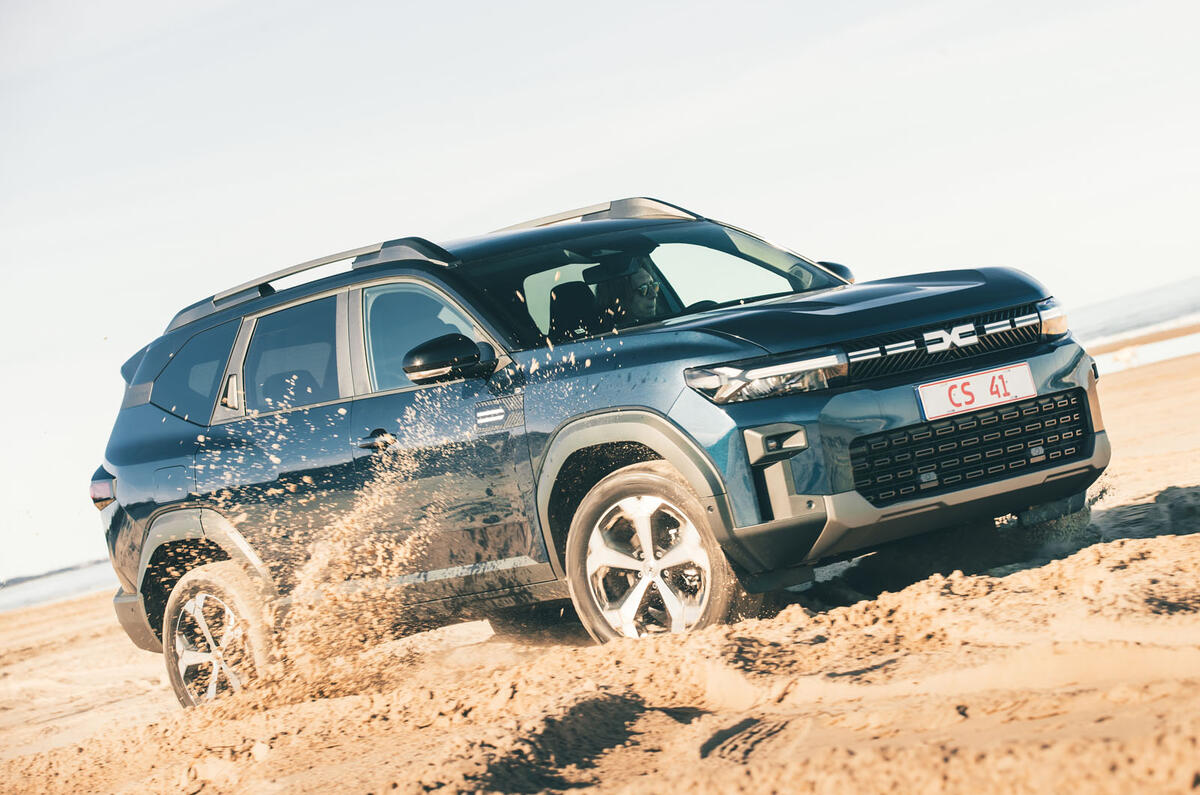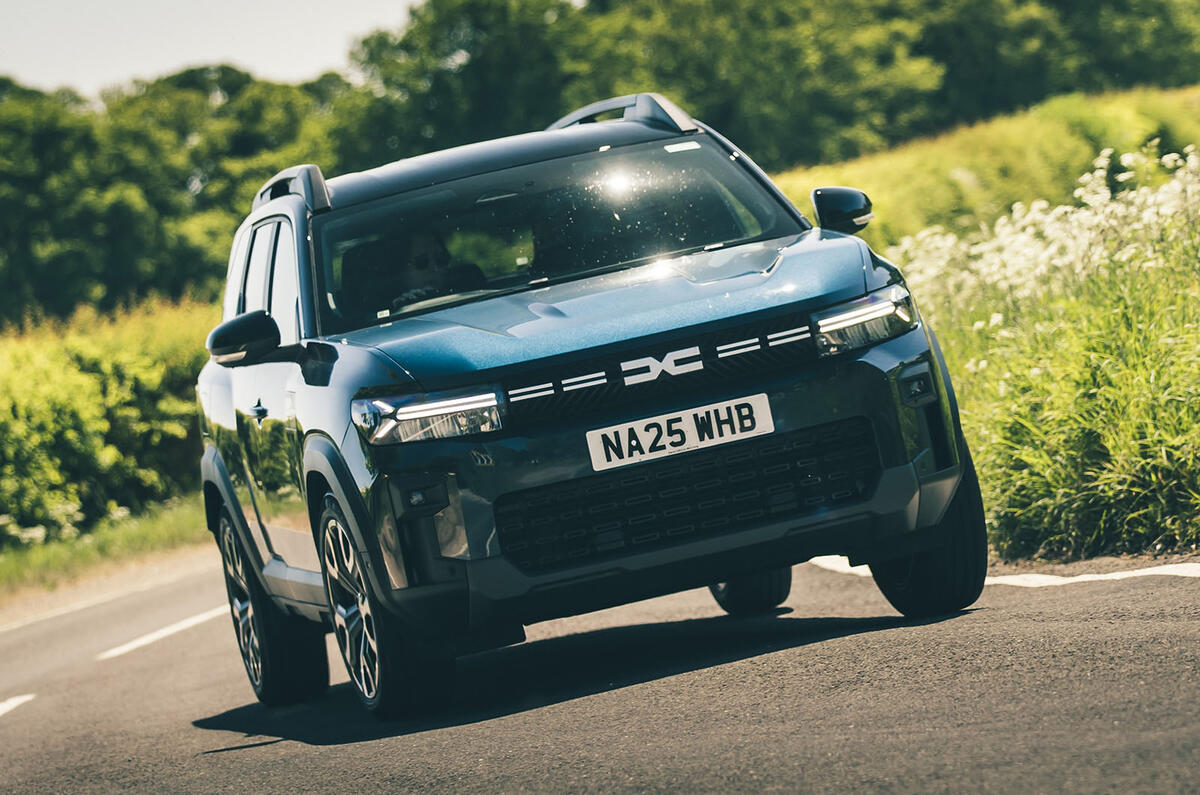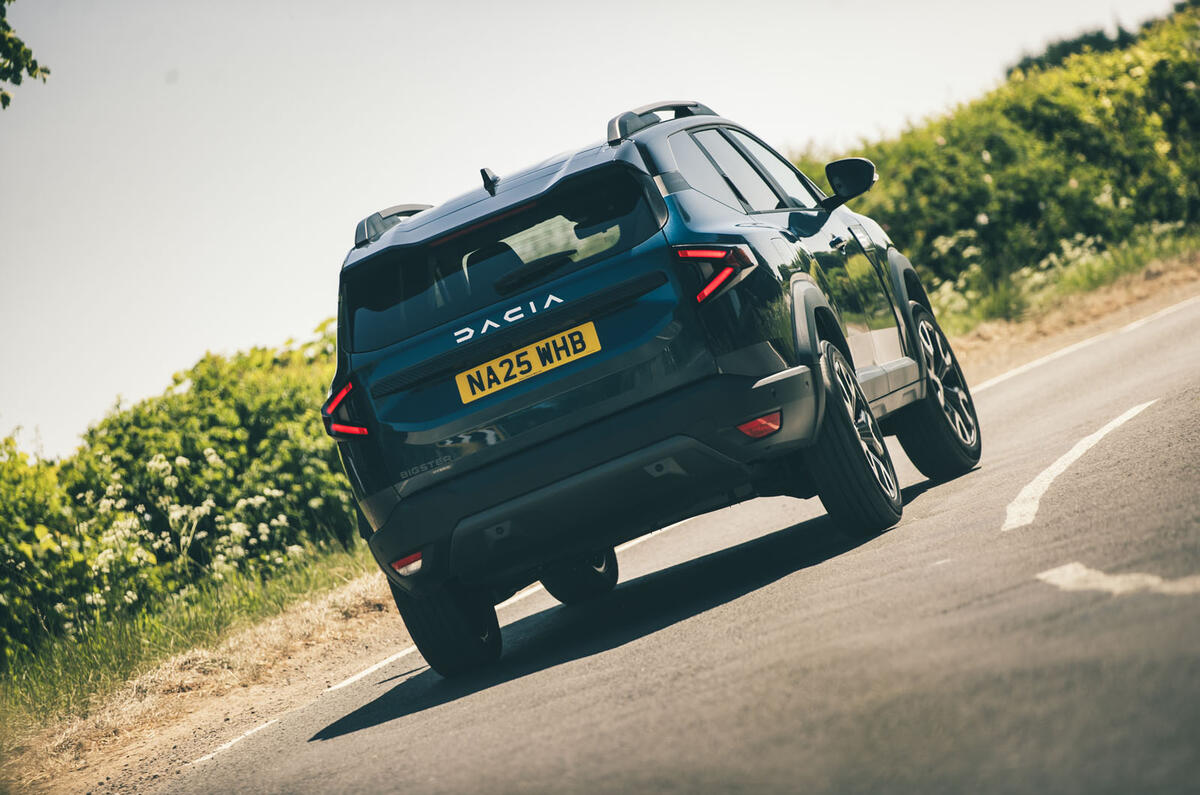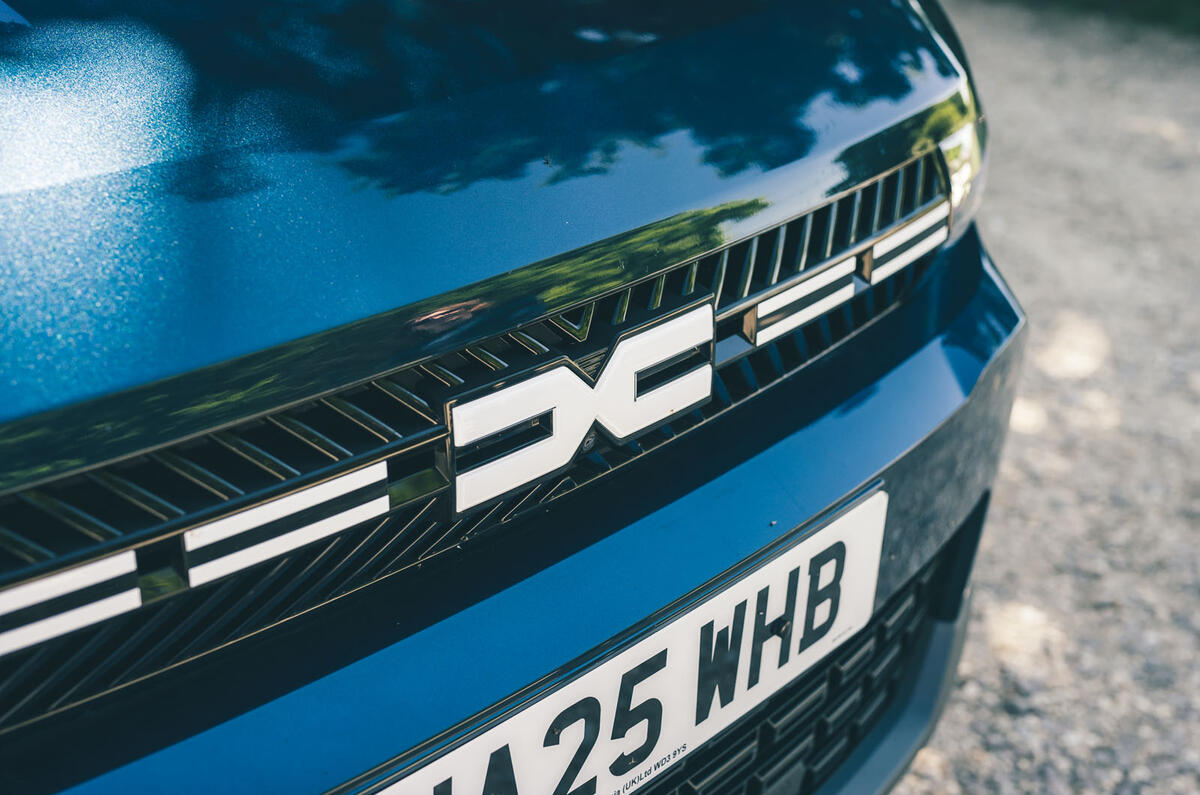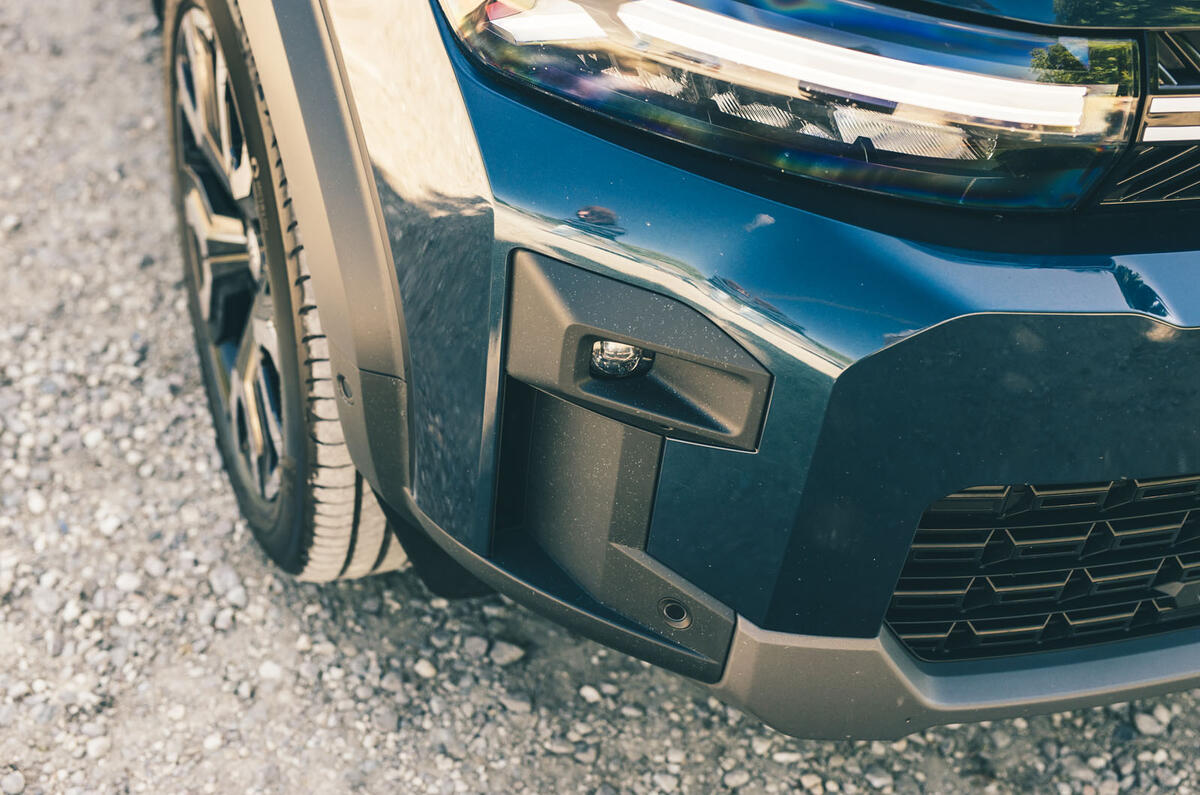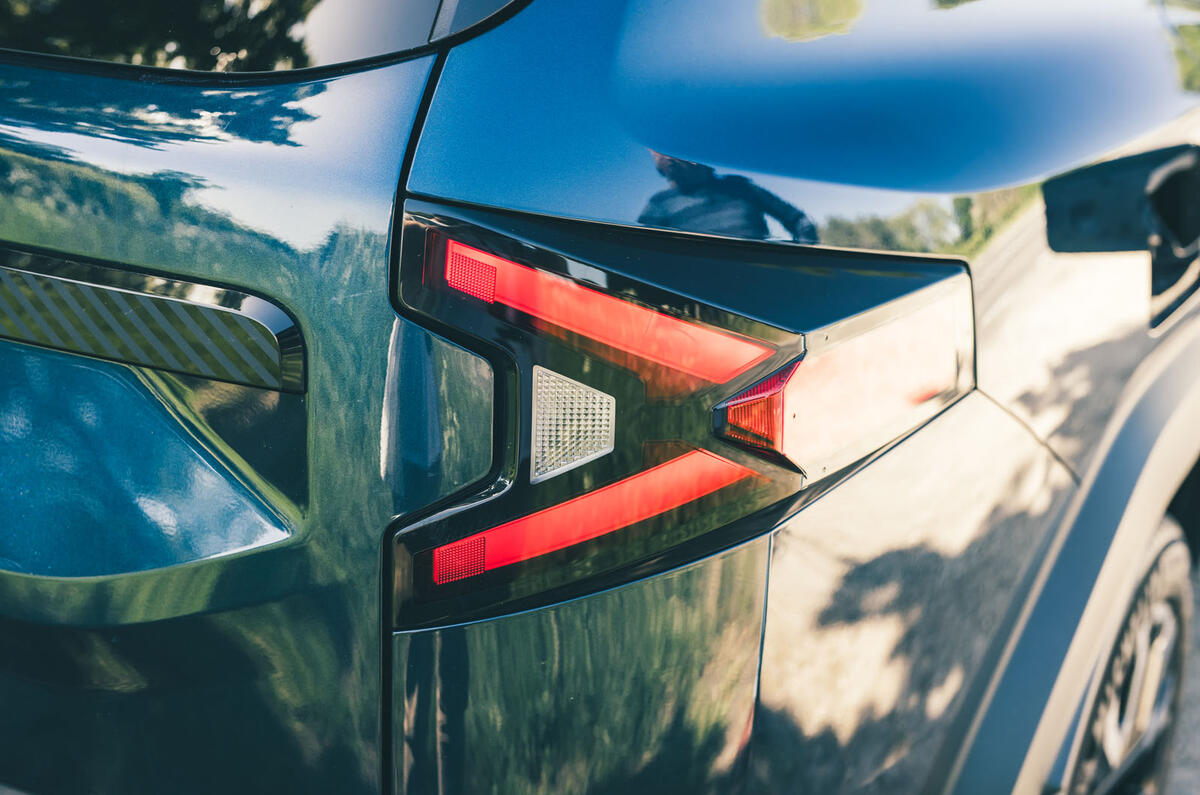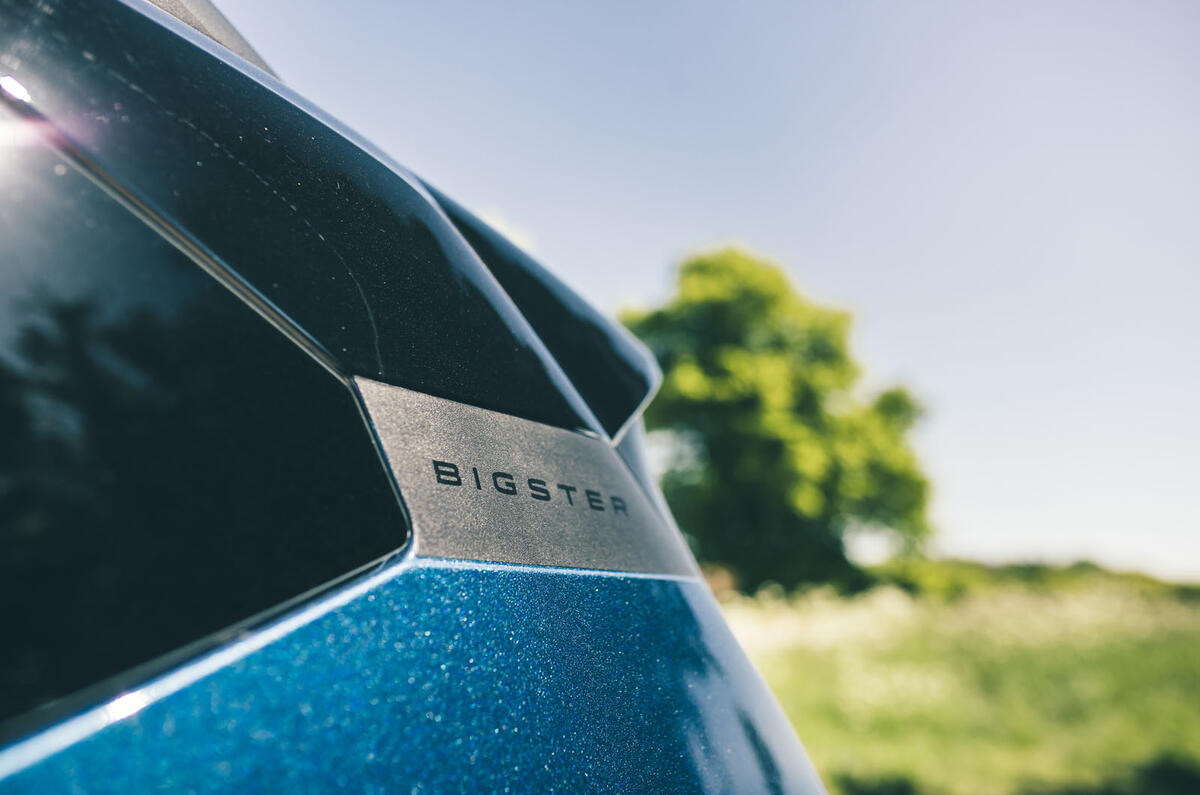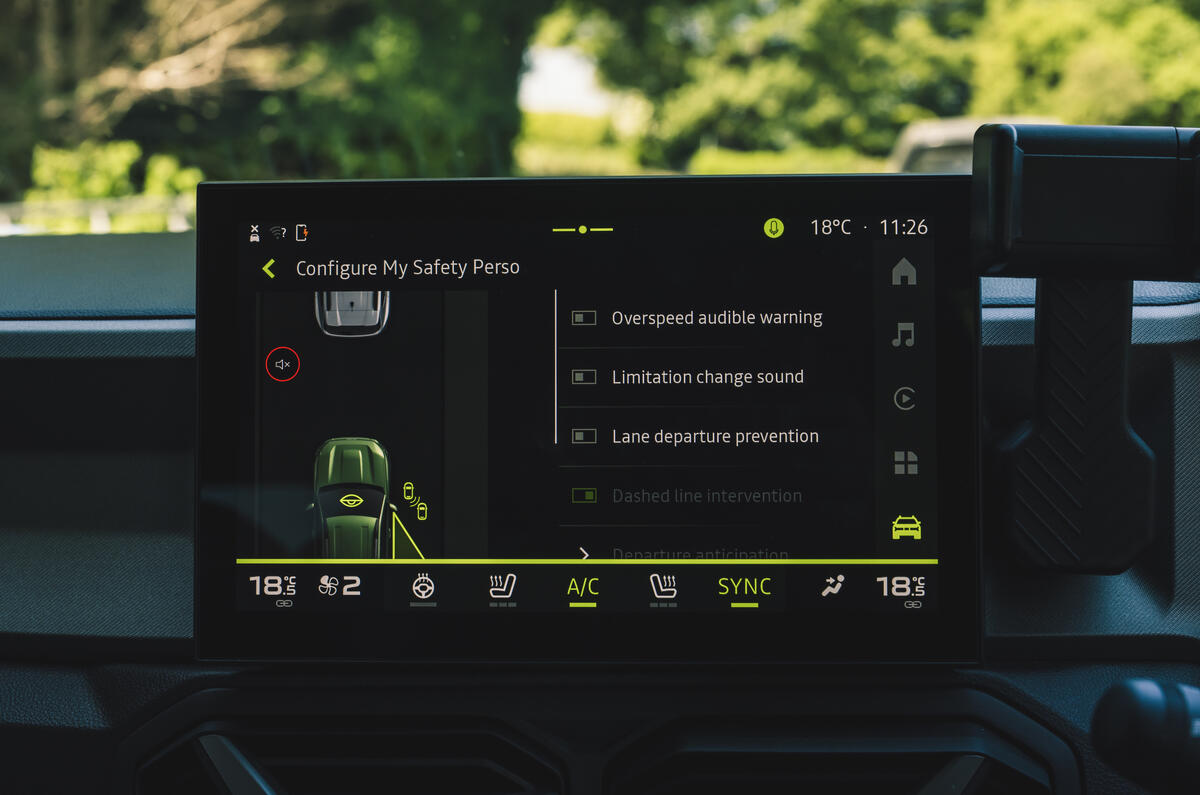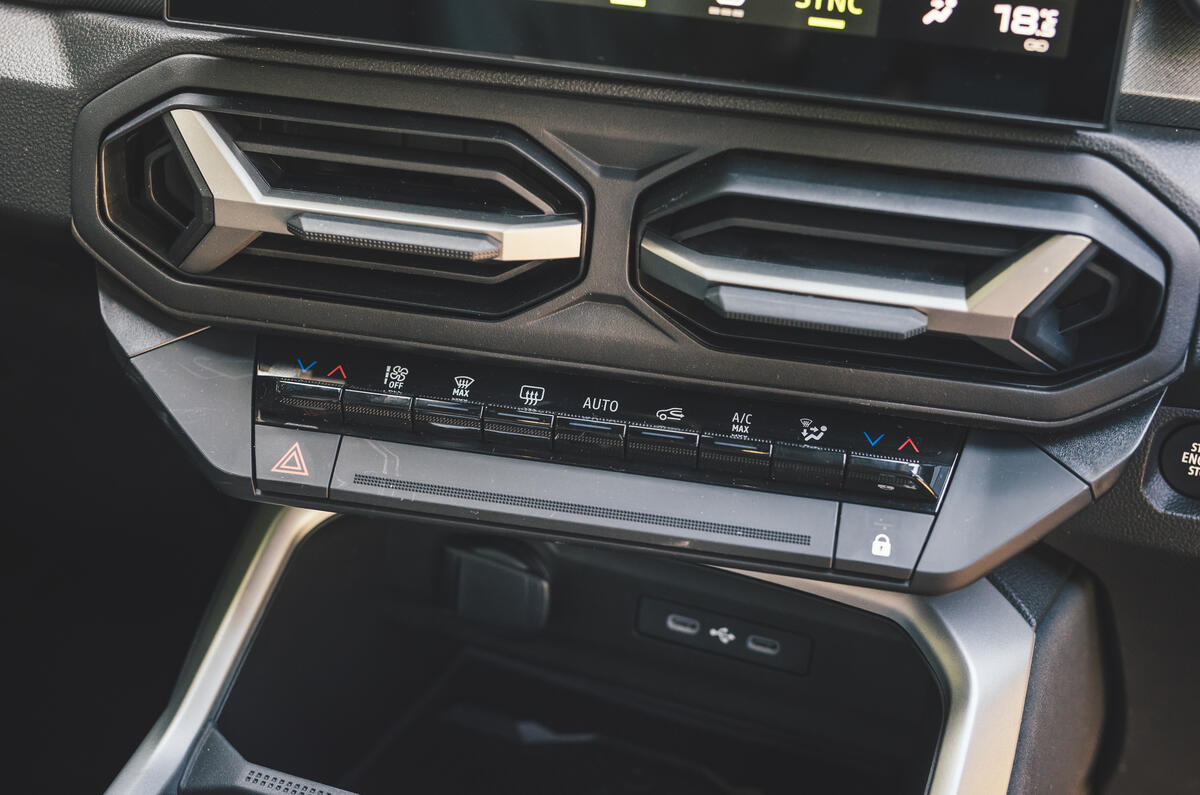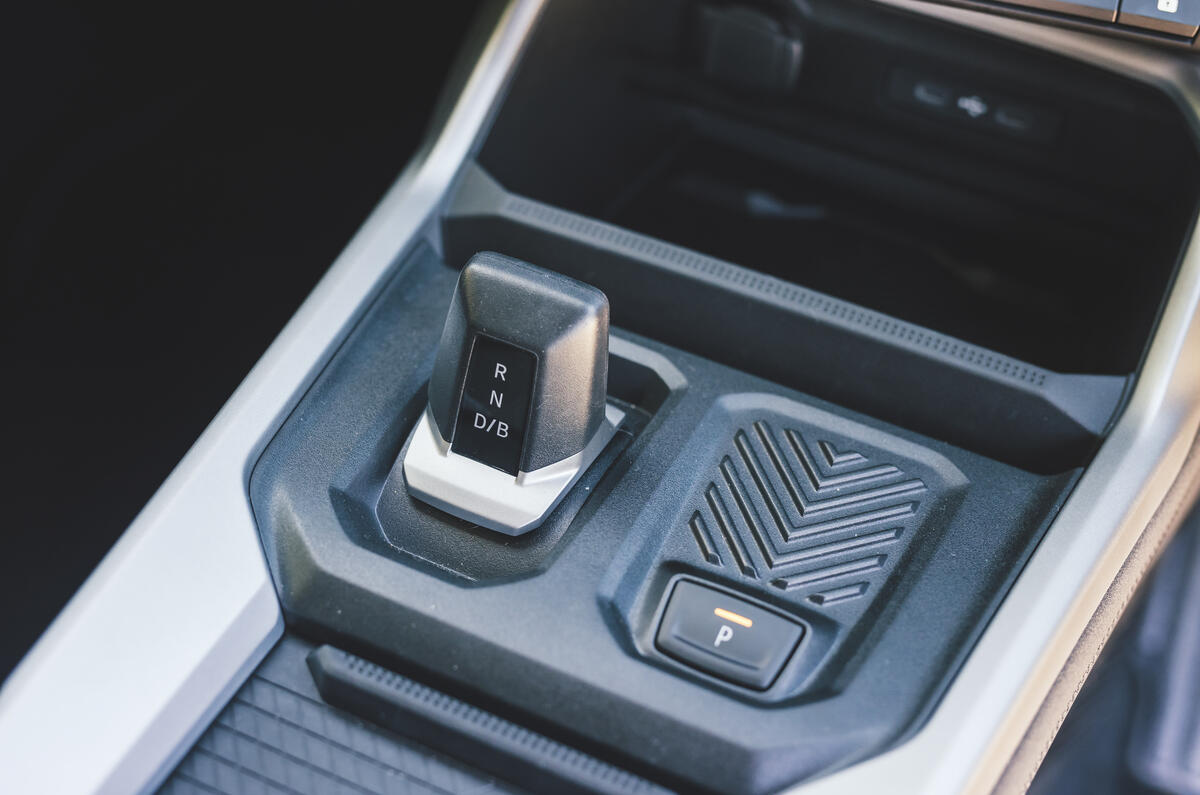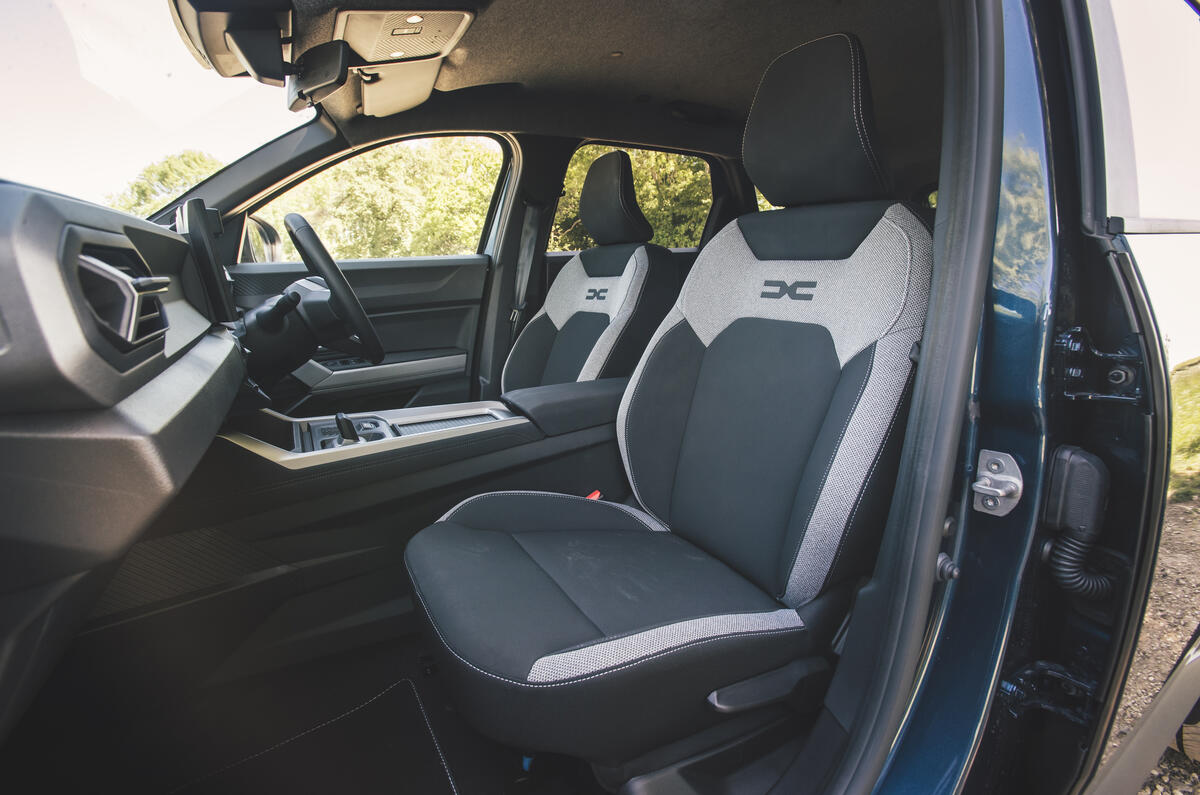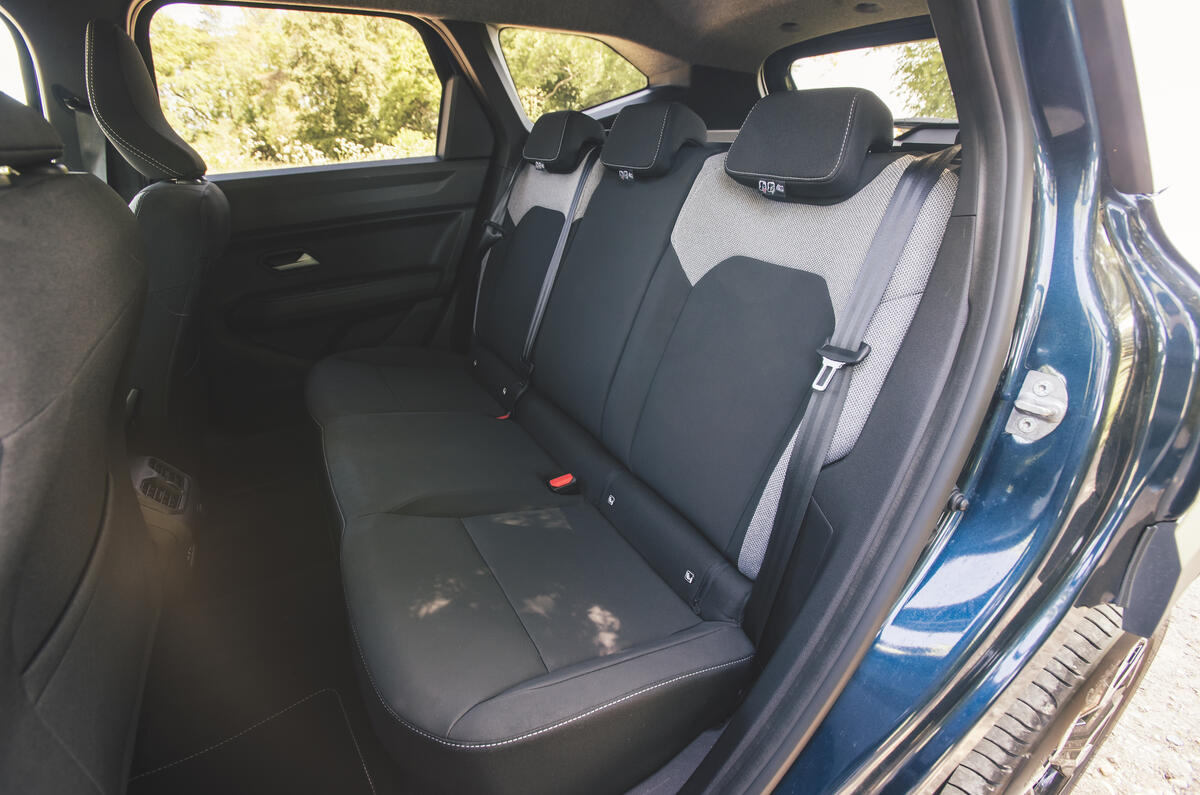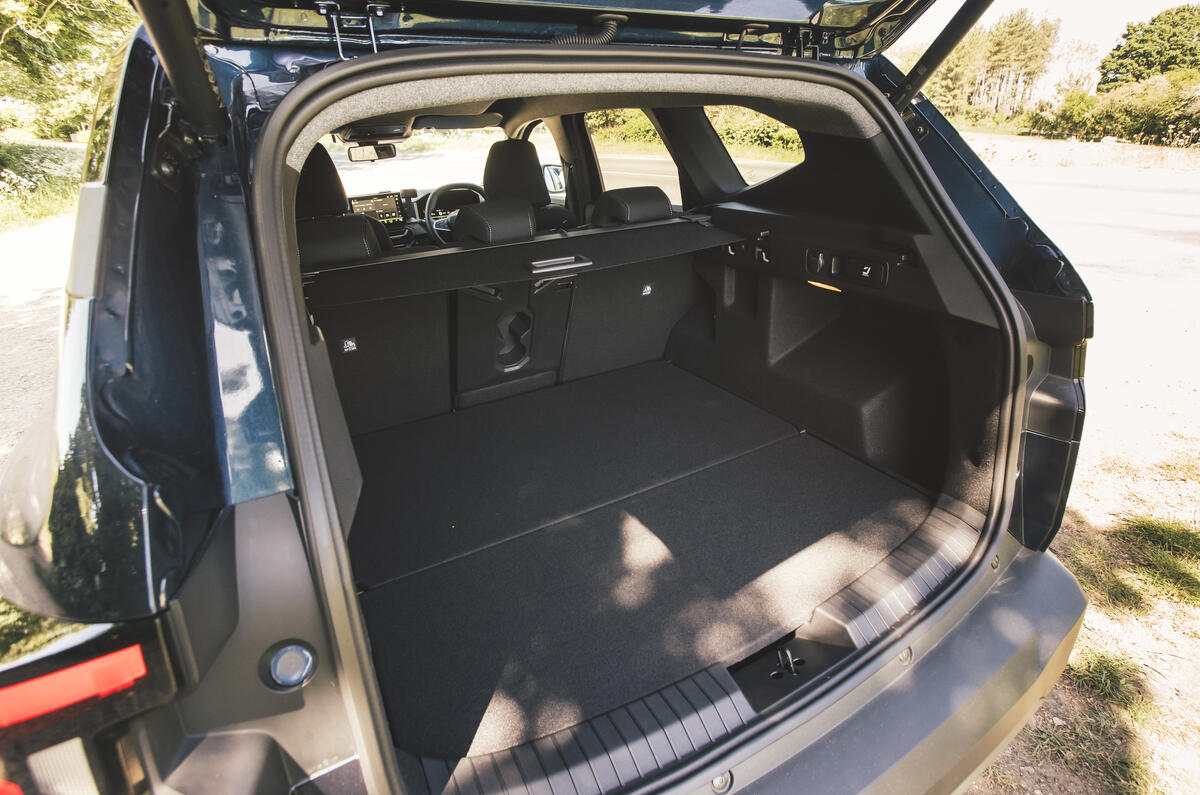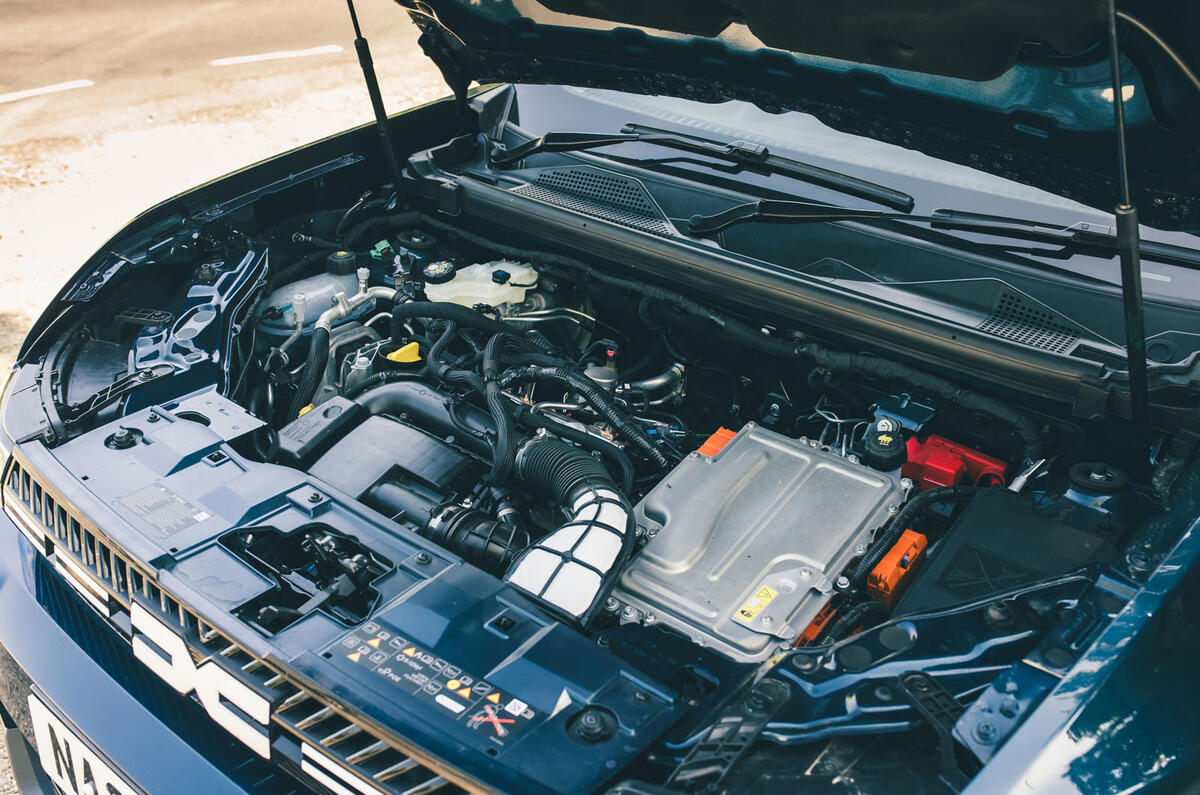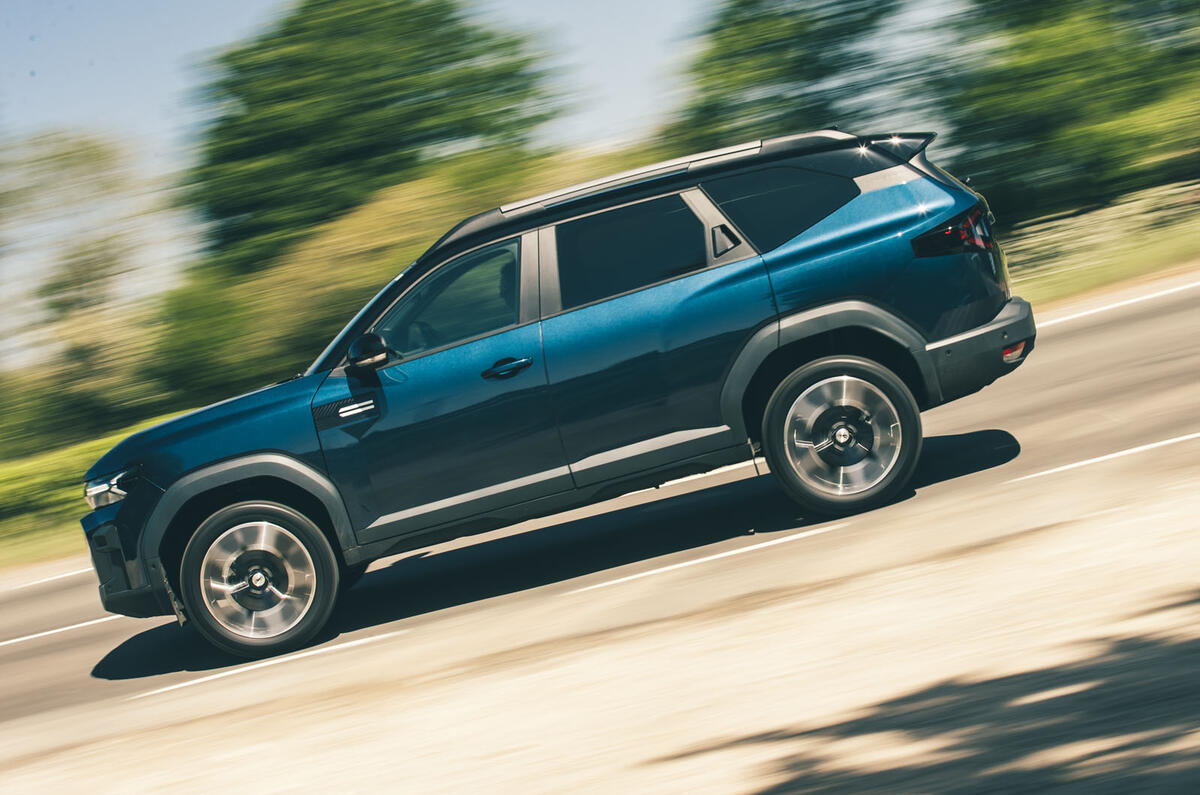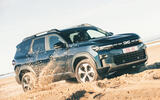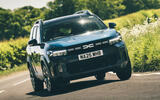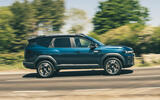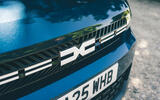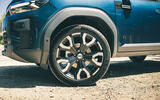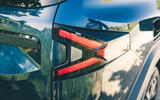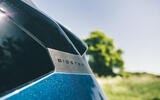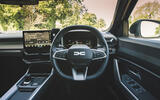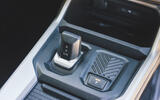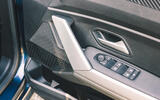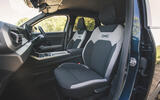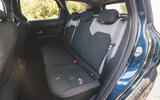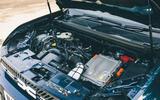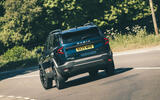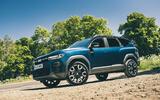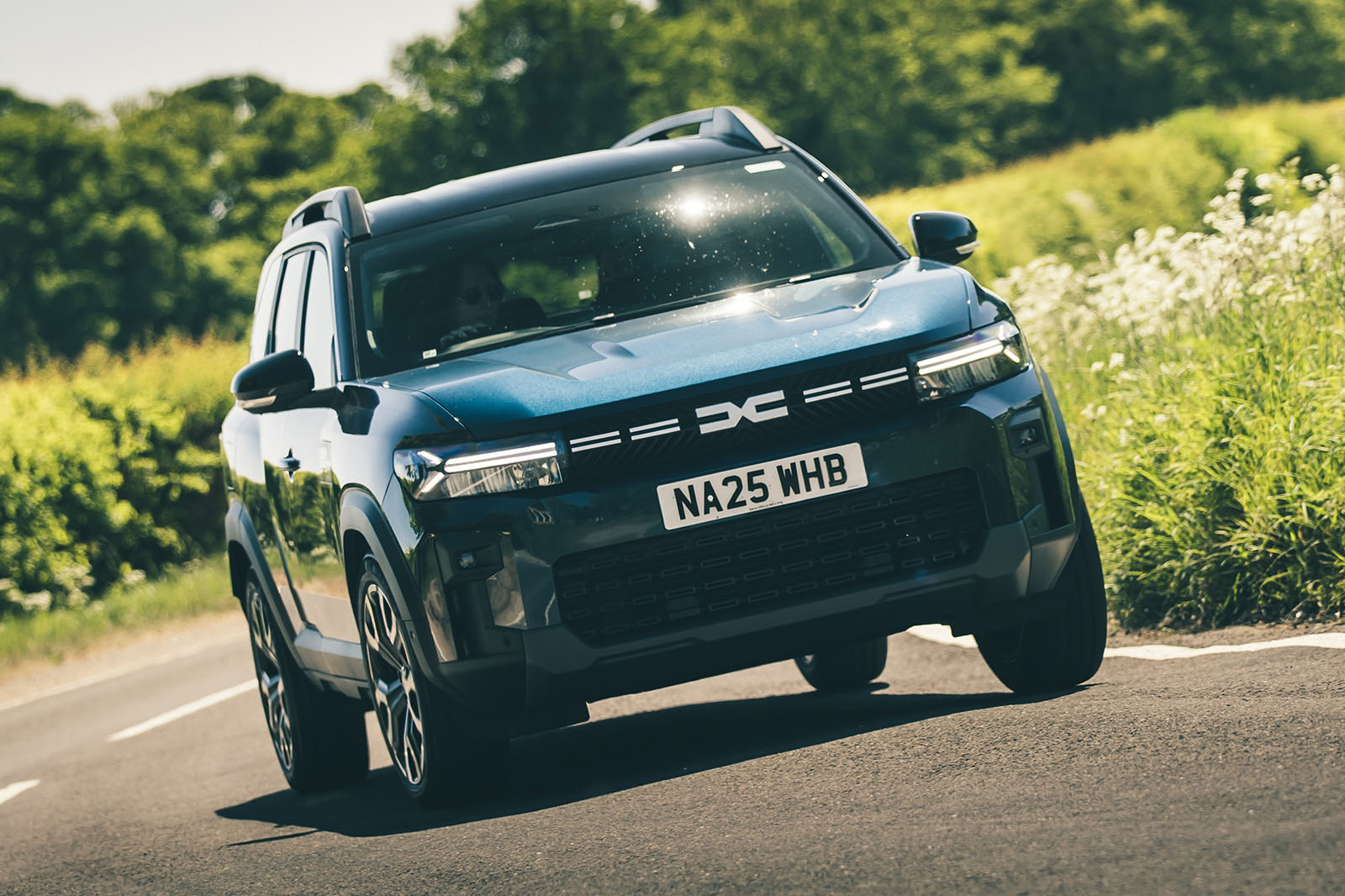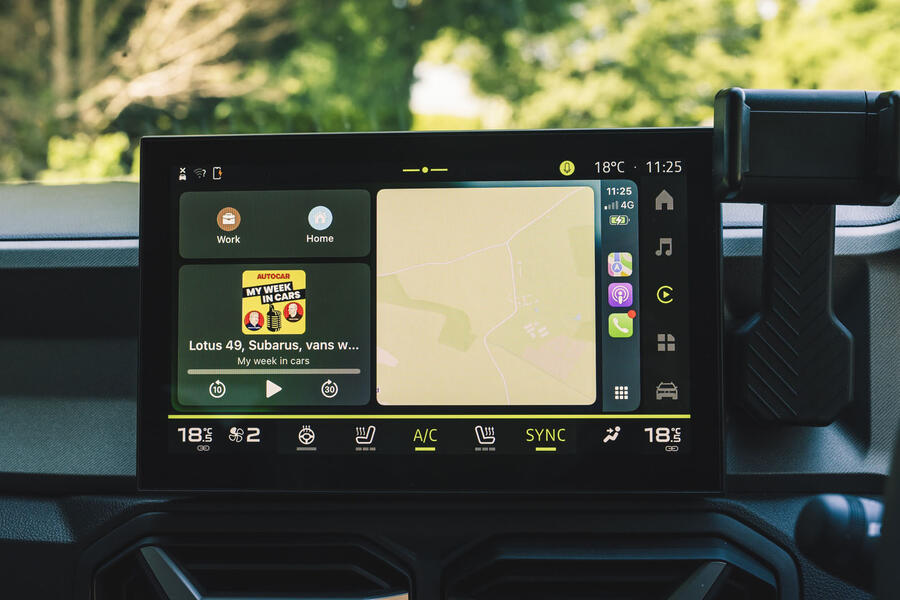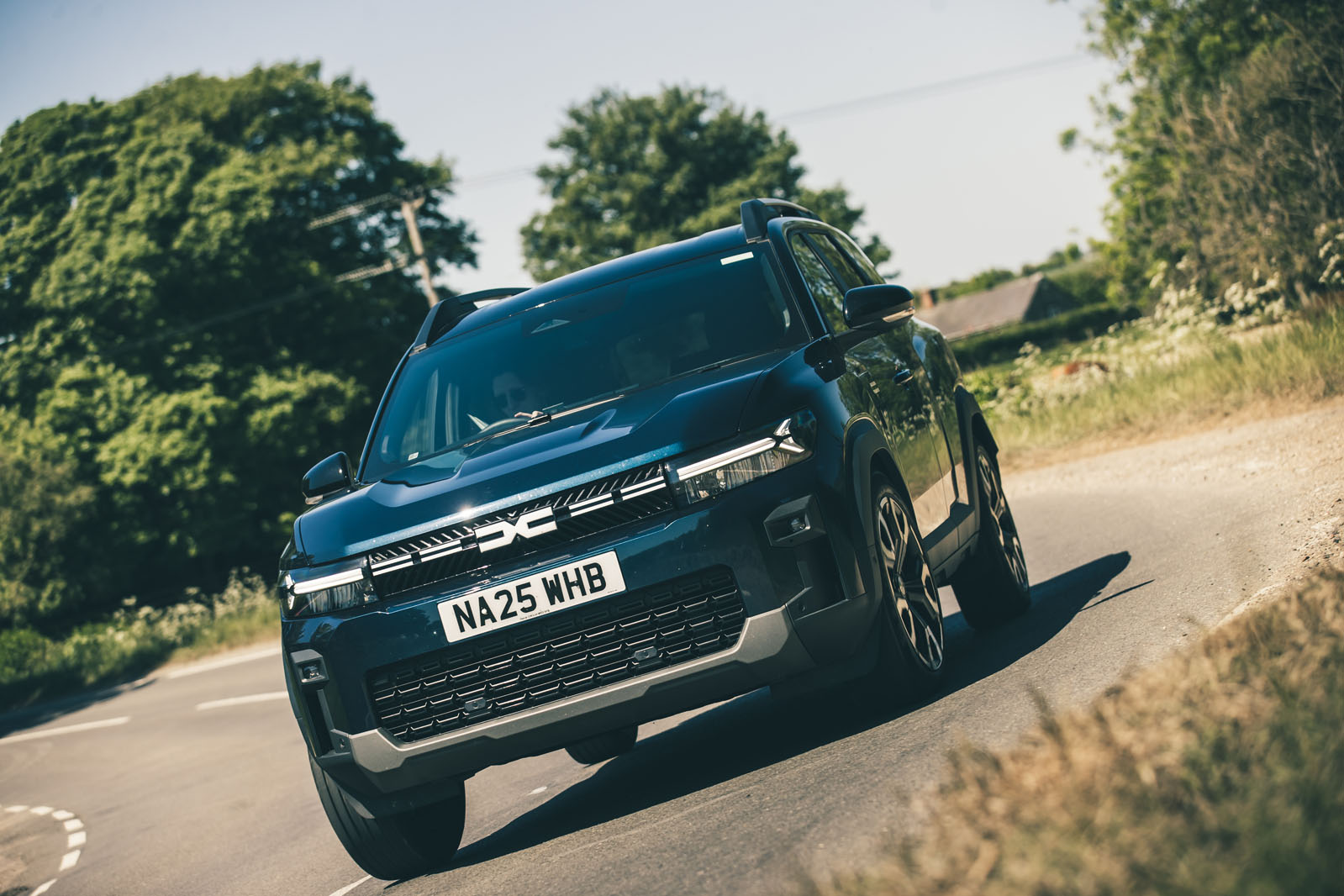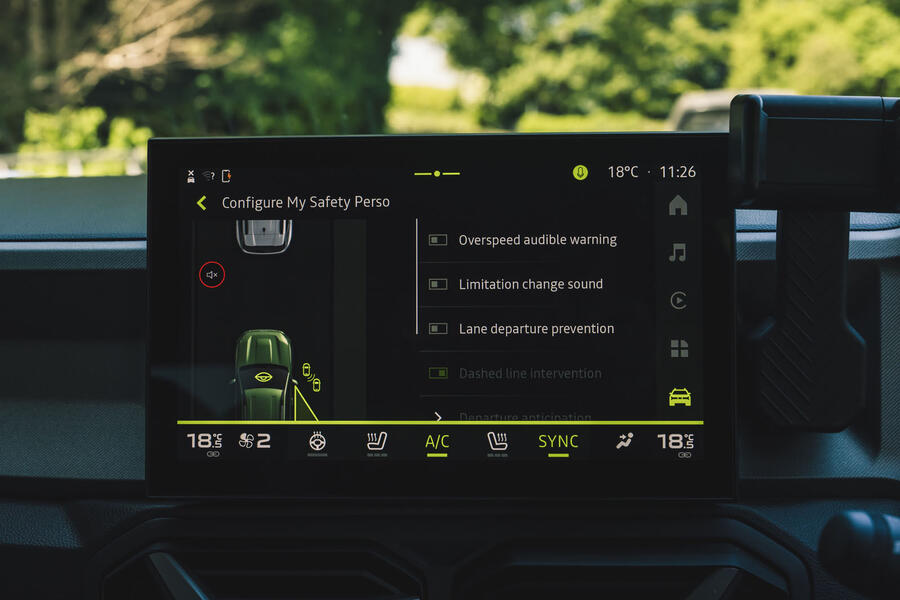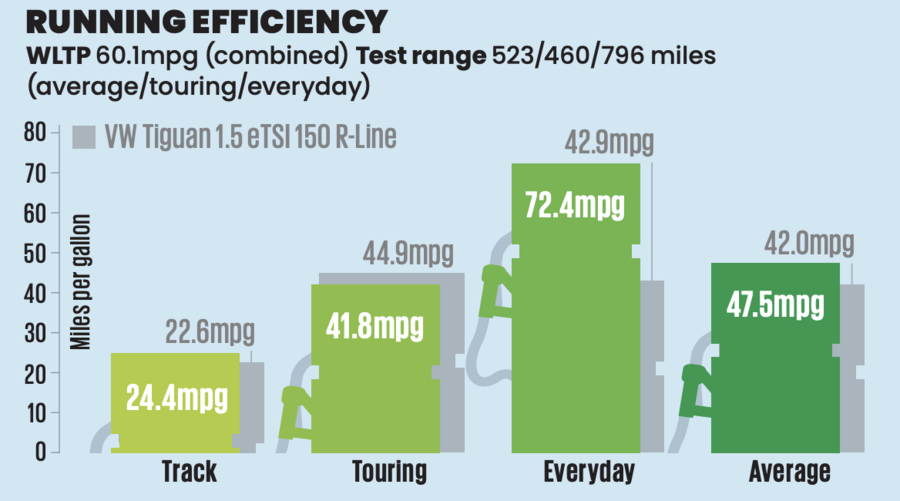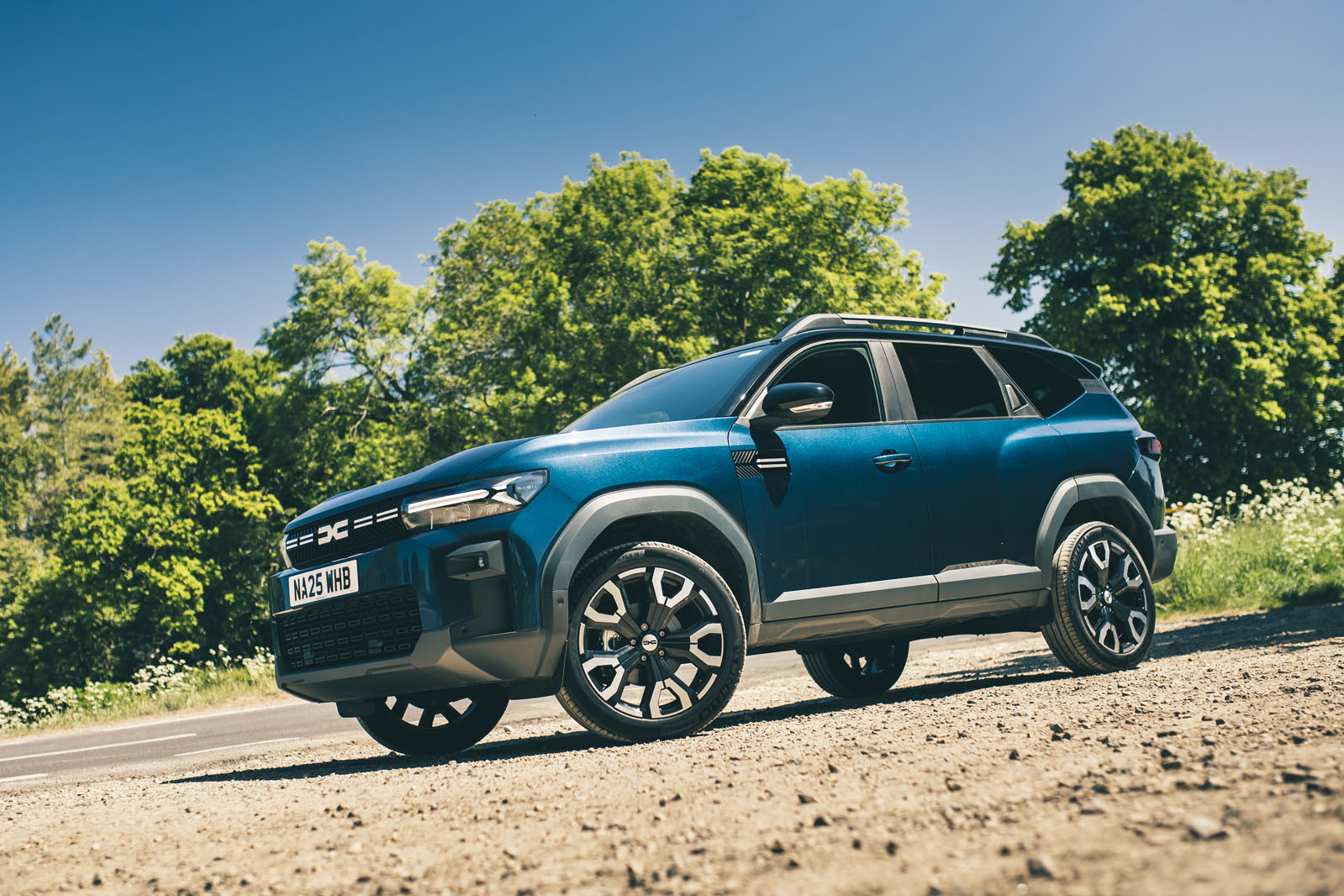We’ve driven the Mild Hybrid 140 and Hybrid 155 versions of the Bigster, and there are some clear differences between the two powertrains.
Because there is no clutch, the full hybrid always sets off on the electric motor, and because it is reasonably powerful, at 50bhp, the engine might not fire up for a long time, particularly at lower speeds.
When it does, it may either sit at a fixed rpm to spin the generator and top up the battery, or it may power the car directly. It sounds somewhat coarse when it’s working hard, but because it’s torquier than in previous iterations, that’s not actually too often.
Some of the E-Tech system’s other less pleasant traits – such as slow gearchanges and keeping the engine revs high on inclines – haven’t been completely eliminated but are noticeably reduced and rarely intrusive.
The hybrid system with the 1.6-litre engine could sometimes use up most of its battery, impacting performance, but this new version is much more diligent about replenishing the battery, which itself is larger too. This has eliminated such issues.
Both the accelerator and brake pedal are easy to modulate, but we wish the regenerative braking was handled differently. When you lift off the accelerator in D, there is fairly strong regen, which seems unnecessary since there is also a B mode on the gear selector for even stronger regen. The Bigster lacks an auto-hold function too and will always creep forwards from a stop when you release the brake pedal.
Despite being slightly heavier, the Bigster enjoys a useful bump in performance compared with the Duster, requiring 0.7sec less to get to 60mph and 4.5sec less to reach 90mph. It’s still clearly slower than the Kia Sportage Hybrid but no less pleasant to drive.
We found the Bigster’s braking performance a little underwhelming. We recorded a 47.5m stopping distance from 70mph on our first stop, which is just adequate. All our subsequent stops were around 50m, however. Similarly, a 59.2m stopping distance in the wet is okay, but the Mazda CX-30 needed just 53.9m.
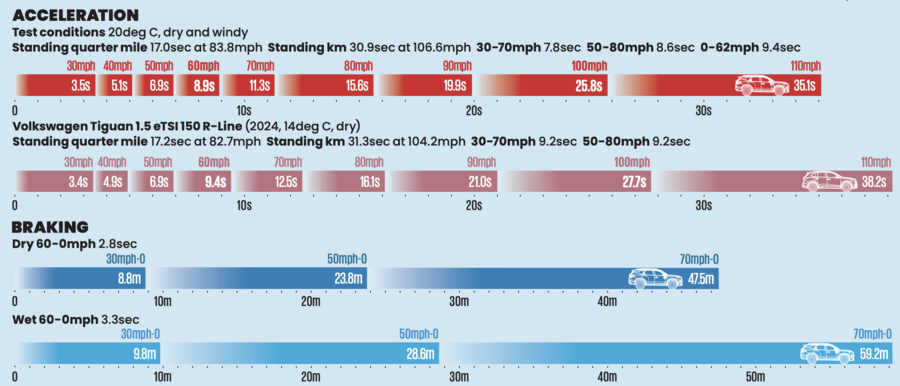
The front-wheel drive mild hybrid may be slightly less powerful than the full hybrid, but there is little to separate them when it comes to accelerative performance. Indeed, it is still more of a sauntering sort, and takes 9.8sec to hit 60mph, but that’s only 0.1sec adrift of the full hybrid.
There’s an easy throw to the mild hybrid's six-speed manual gearbox and a clearly defined biting point to the clutch. There’s little resistance or feel when shifting; doing so adds only a modicum of engagement to the driving experience.
That being said, it pairs well with the engine: the ratios are fairly short, and if you pull out of a junction with verve, you will soon be grabbing second.
Speed builds well enough, and while this version of the Bigster is by no means quick, it’s a smooth delivery with enough pace for a car of this size and type – although five-up and loaded with luggage, we imagine it will feel rather staid.

We've only had a relatively brief drive of the new Hybrid 150 4x4, and we'll get to its off-road performance, but on the road, we’d rather be in the old 4x4 manual or the full hybrid. The hybrid 4x4 can shut off the engine and drive on the electric motor for short distances, which nice, but most of the time it’s quite a rough engine with plenty of vibrations at low revs, and the gearbox is minded to keep it in that range. Even with a stab of throttle, it takes a while for the gearbox to wake up. There are shift paddles, but there might as well not be because the Bigster still lacks a locked-in manual mode or a tachometer.
Putting it in 4x4 Lock mode makes it a lot more pleasant to drive as the gearbox seems to keep the engine revs up more and there’s more help from the electric motor. I’d need more time in it to say for sure, but presumably, leaving it in 4x4 Lock mode all the time would deplete the small battery and make the fuel consumption worse.




